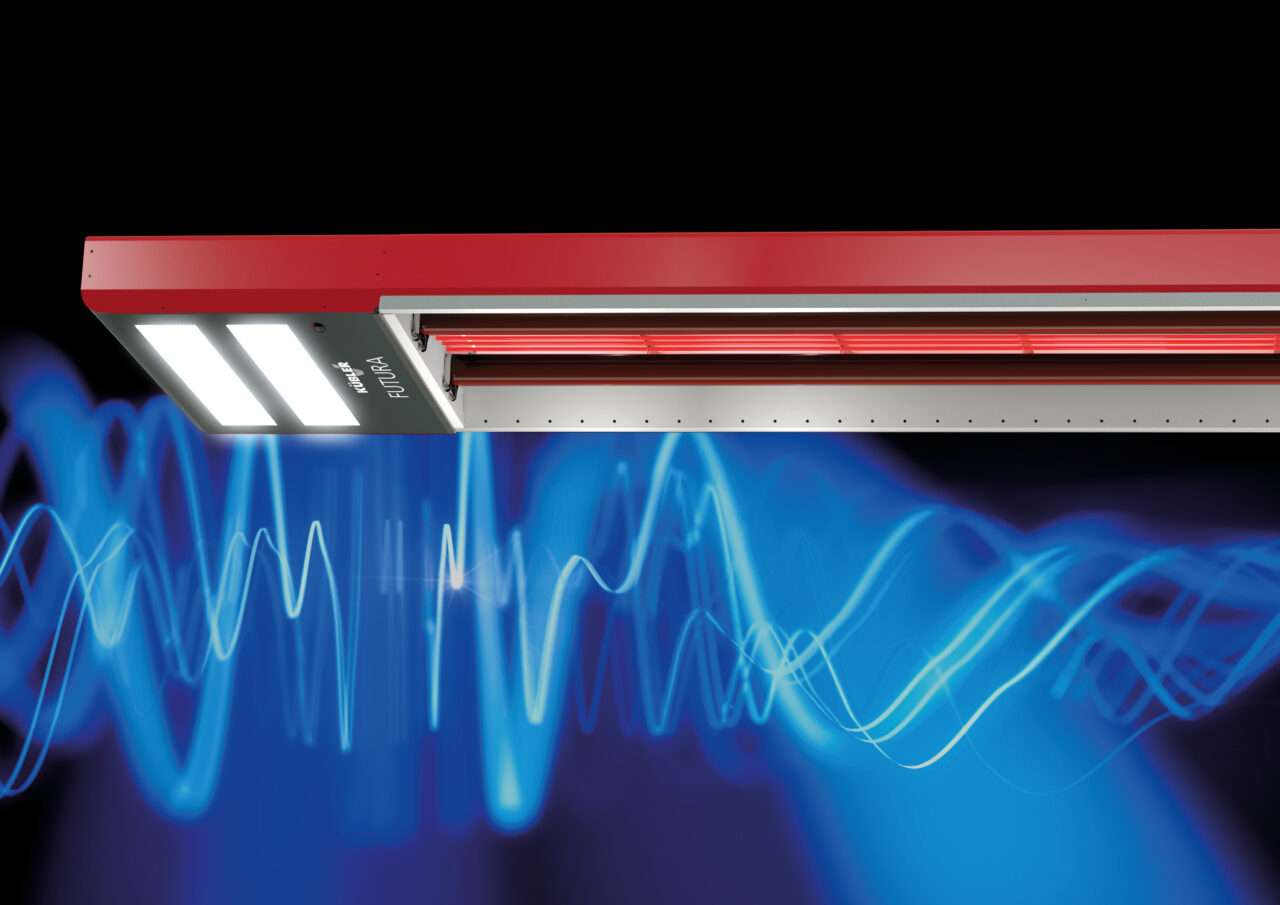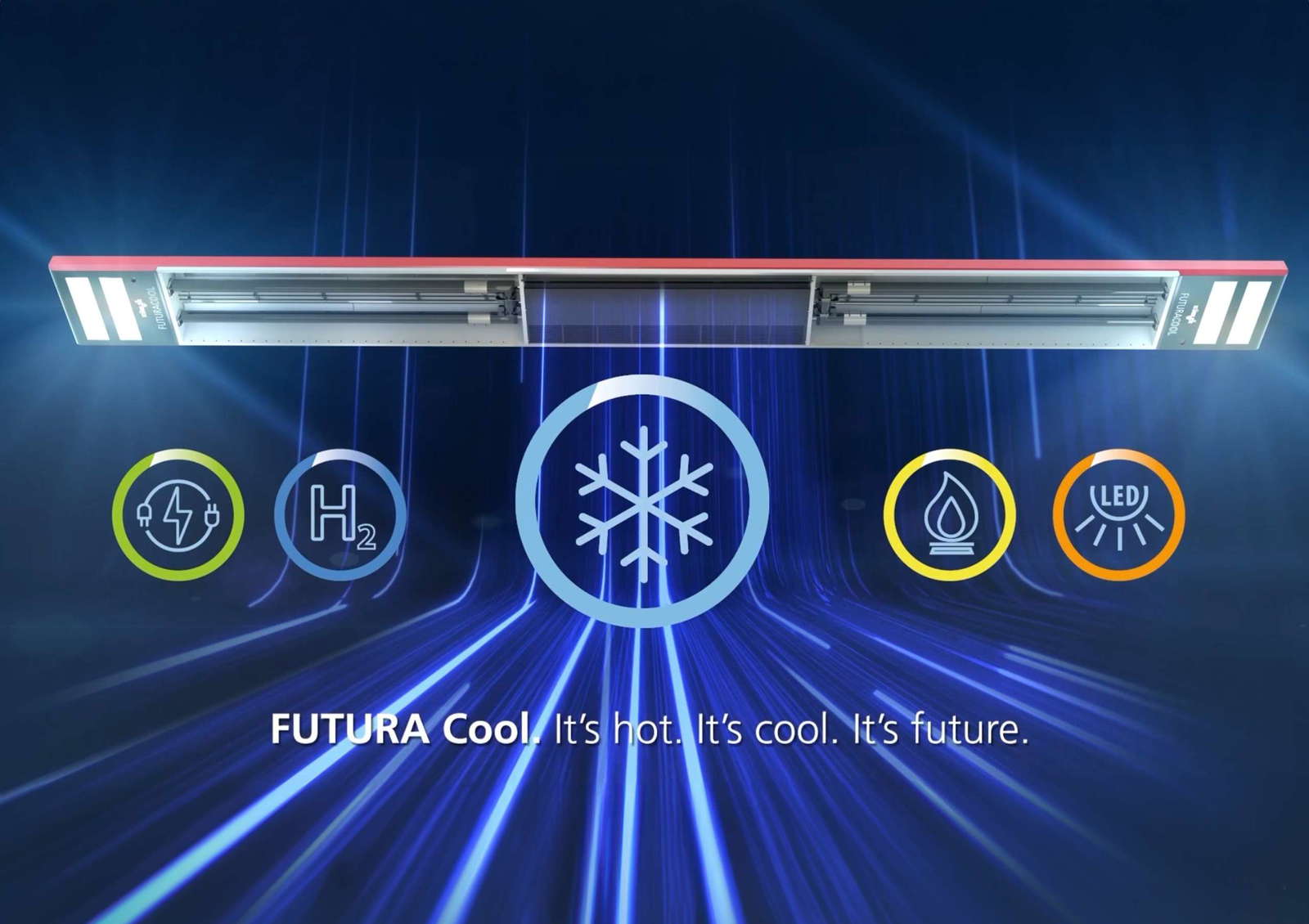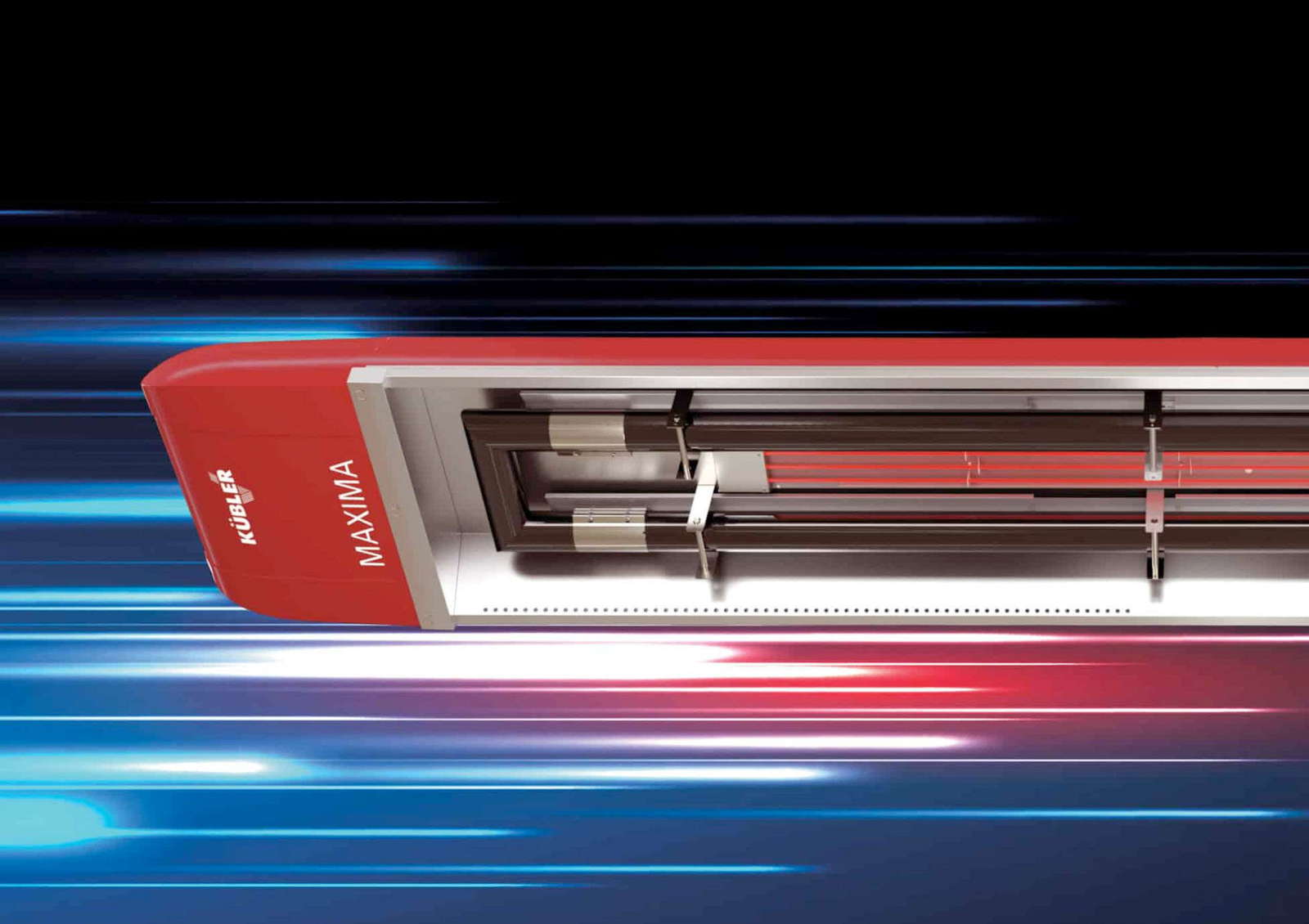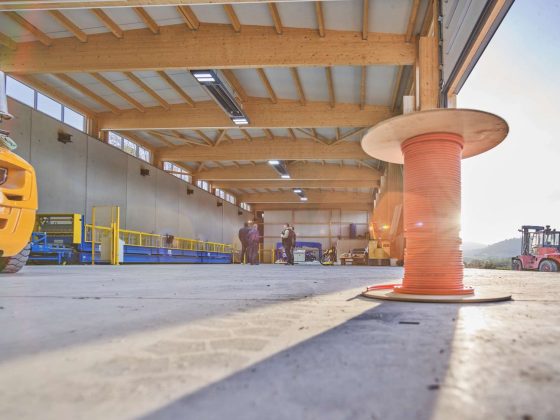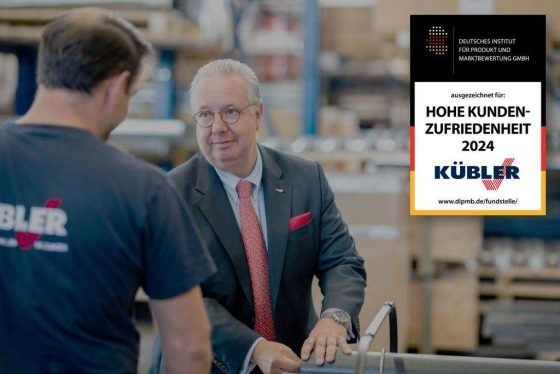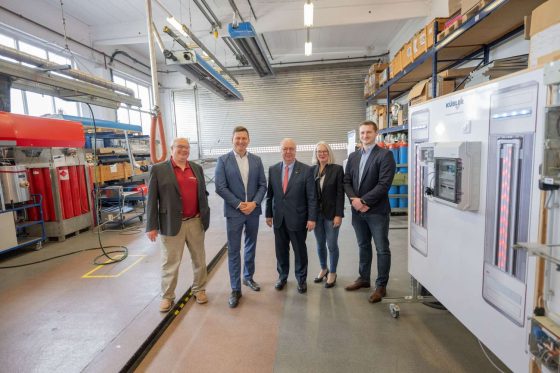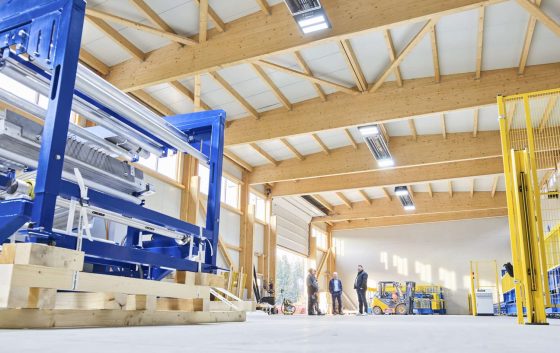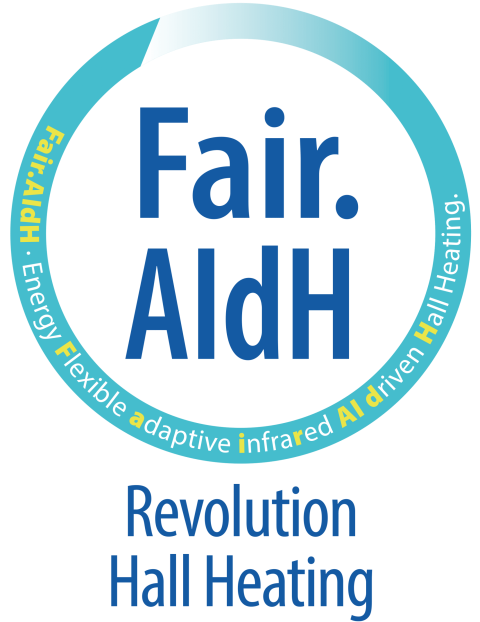Price. Performance. PRIMA.

Halls can be heated either way. Either particularly inexpensive. Or particularly energy-efficient. But what if you want one and can't do without the other? Simply because of the legal requirements? The answer now comes from KÜBLER and is called PRIMA. The latest development from the infrared heating specialist's innovation forge.
What exactly is behind this new line, we want to know and ask Dr. Jens Findeisen, Head of Development at KÜBLER. "PRIMA is our latest standard appliance series - tailor-made for a more price-sensitive market. But equipped with all the advantages you can expect from the KÜBLER brand," says Dr. Findeisen. Anyone familiar with the infrared heating specialist's dark radiator technologies knows what they can count on. Robust workmanship, long life cycles, simple installation and maintenance conditions, intelligent connection concepts and much more. But the most important thing is: KÜBLER products are known for their exceptional energy efficiency*.
"Price, performance and a high environmental contribution were the primary objectives in the development of the new PRIMA product line," says Dr. Findeisen and explains: "With PRIMA, we are using our best burner technology, which was originally developed for the high-end MAXIMA series." The result is remarkable for heaters in the standard class. The new line brings around 60 % of radiant efficiency into the hall in the form of comfortable infrared heat that can be used directly in the work area. The PRIMA plus appliance variant even achieves around 70 %. This can also be expressed in cost savings: around 10 % reduction in consumption and costs per year compared to conventional standard appliances. This pays off directly for the users of this new technology. And makes a significant contribution to the environment.
Speaking of the environment: anyone thinking about ISO 50001 certification or the requirements of EnEV, EEWärmeG and the like is on the safe side with the new PRIMA standard line. Dr. Findeisen: "The high energy efficiency even leaves room for future tightening. And gives more freedom in planning for the energy-efficient design of hall buildings".
The PRIMA series hall heaters are universalists. The range of applications covers new hall construction as well as renovation projects. There are virtually no restrictions in terms of hall types. The only important thing is the ceiling height. It should be a minimum of 4 meters. PRIMA is available in a wide performance range and in different versions - in addition to the basic version, there is also the PRIMA plus version with extra insulation. Or in a stainless steel version for damp areas. The PRIMA device architecture is just as you would expect from other KÜBLER dark radiators: modular. This allows customized heating concepts to be implemented that can be adapted or extended at any time to suit changing usage conditions.
"When it comes to energy efficiency, it is also important that all our heating and software solutions are compatible with each other. Naturally, this also applies to PRIMA," adds Dr. Findeisen. This means that the new appliance line can be seamlessly integrated into existing systems. It can be designed as an H.Y.B.R.I.D. or Helio.B.R.I.D. system. It communicates with all KÜBLER control modules. And can of course also be a component in the pioneering WÄRME 4.0 heating strategy, with which KÜBLER is taking hall heating into digital and networked efficiency dimensions.
Infrared heat is perceived as particularly pleasant because it is similar to the natural heating principle of the sun. It mainly heats floors, bodies and objects without generating any significant amounts of warm air. Incidentally, this is also an important reason for the high efficiency of KÜBLER heating technologies. Because without hot air, no rising hot air plumes can fizzle out unused under the hall ceiling. With this principle, PRIMA ensures uniform, pleasant temperature conditions in the hall. Without dust turbulence and draughts.
"With PRIMA, we are taking our standard portfolio to a completely new level of performance," says the doctor of engineering when we ask how the new line fits into KÜBLER's product strategy. "But the key thing is that with PRIMA, we are also opening up the topic of high efficiency to user groups for whom saving energy has been too expensive up to now."
* KÜBLER has received several awards for its energy-saving hall heating solutions, including the German Sustainability Award for the special energy efficiency of the H.Y.B.R. I.D. system, most recently as Hidden Champion by the Palatinate Chamber of Industry and Commerce.
-
A few months ago, KÜBLER was honored in the Premier finalist category - as one of only five companies out of 4,600 nominated for the SME Grand Prix. Now the renowned hall heating specialist has been nominated again: 2025 for the highest category, the Premier. For over 35 years, the Ludwigshafen-based company has been shaping the market with innovative infrared technologies that combine energy efficiency, cost-effectiveness [...]
-
"This award is a great honor for our company and confirms our ongoing commitment to excellence and customer satisfaction," said Thomas Kübler, Managing Partner of KÜBLER. "We would like to thank our valued customers for their trust and support, which has made this success possible. This recognition motivates us to continue to set the highest standards and [...]
-
State Secretary Mario Brandenburg, Member of the Bundestag, in conversation with Thomas Kübler, Dr. Steffen Manser (KÜBLER GmbH) and Prof. Dr. Matthias Rädle (CeMOS) on the subject of research, development and what is needed to reduce CO2 in industry and commerce.
-
The task The well-insulated new hall with an area of around 900 m² and a ceiling height of around nine meters will house storage areas for raw materials, machine parts and end products in addition to production. Christoph Buxbaum answers the question of what requirements he has for the heating of the new hall as follows: "Three simple reasons were decisive. The new building [...]
